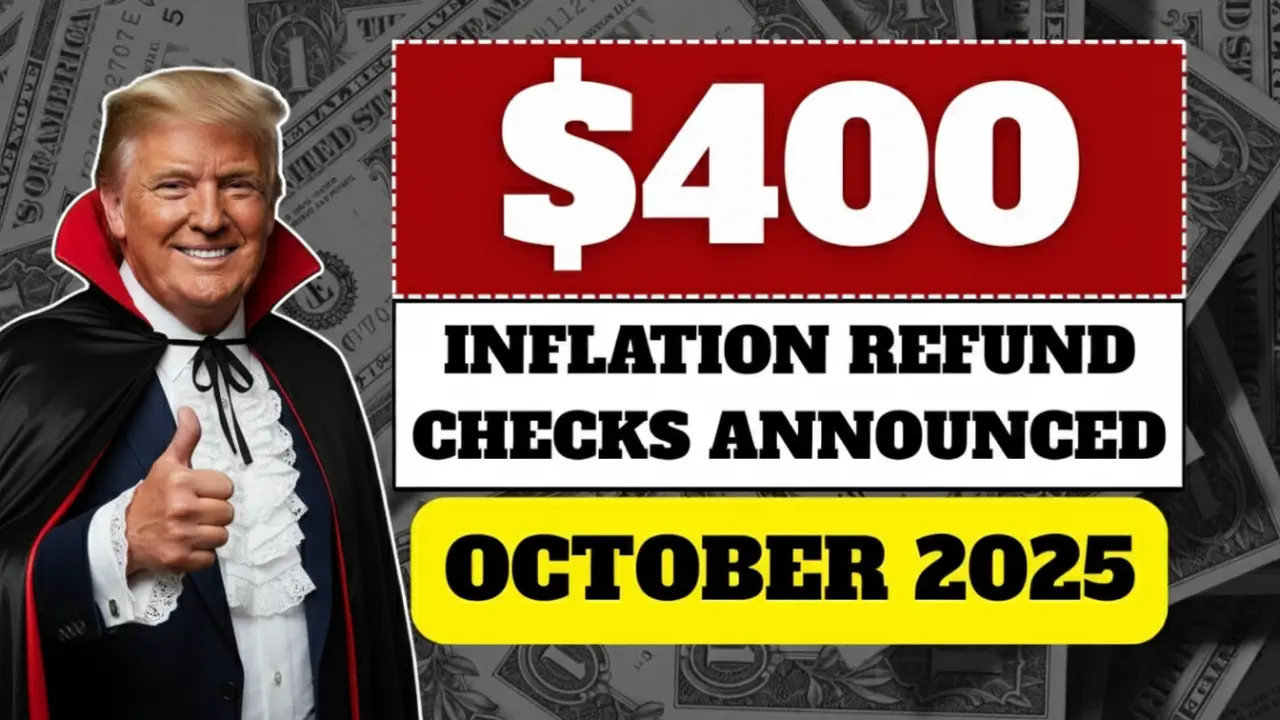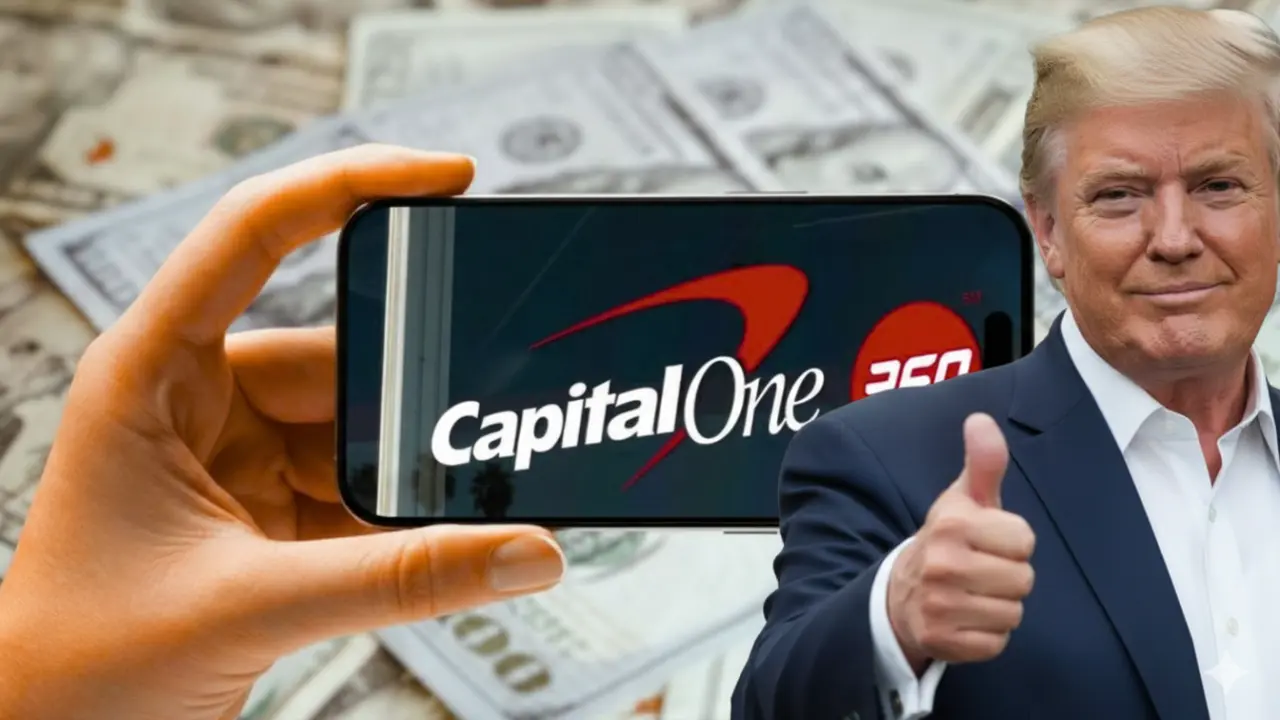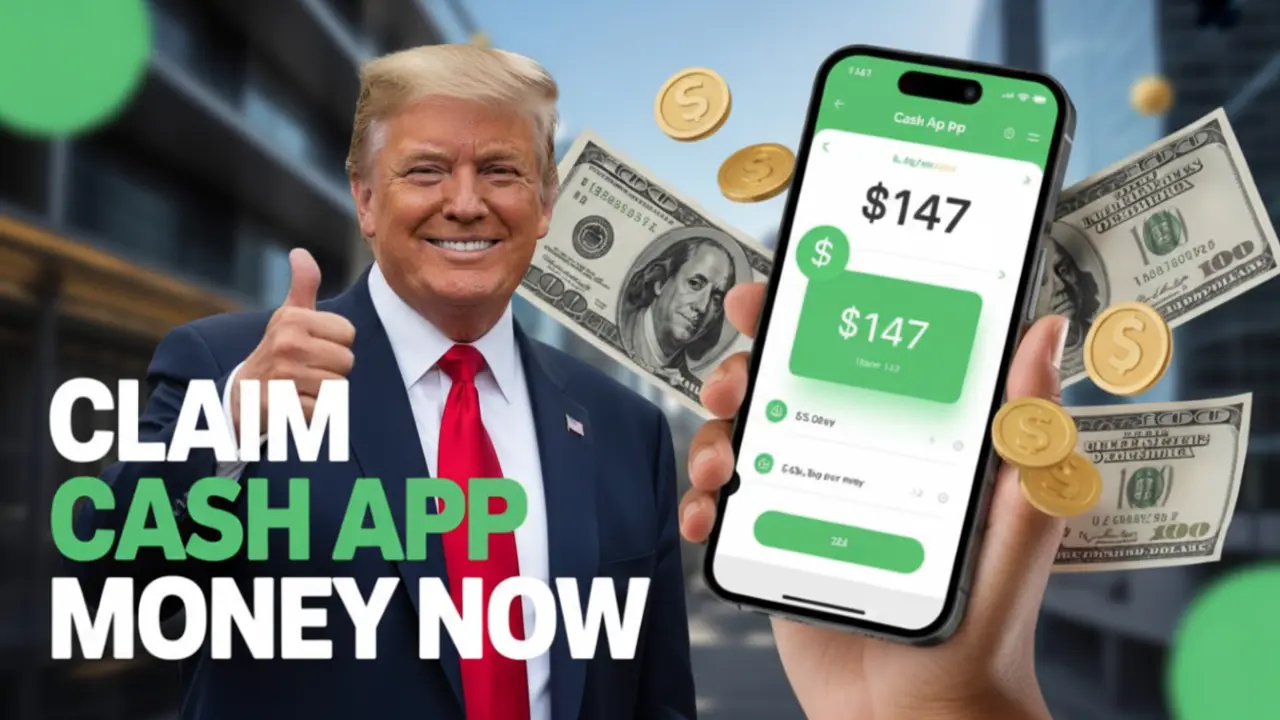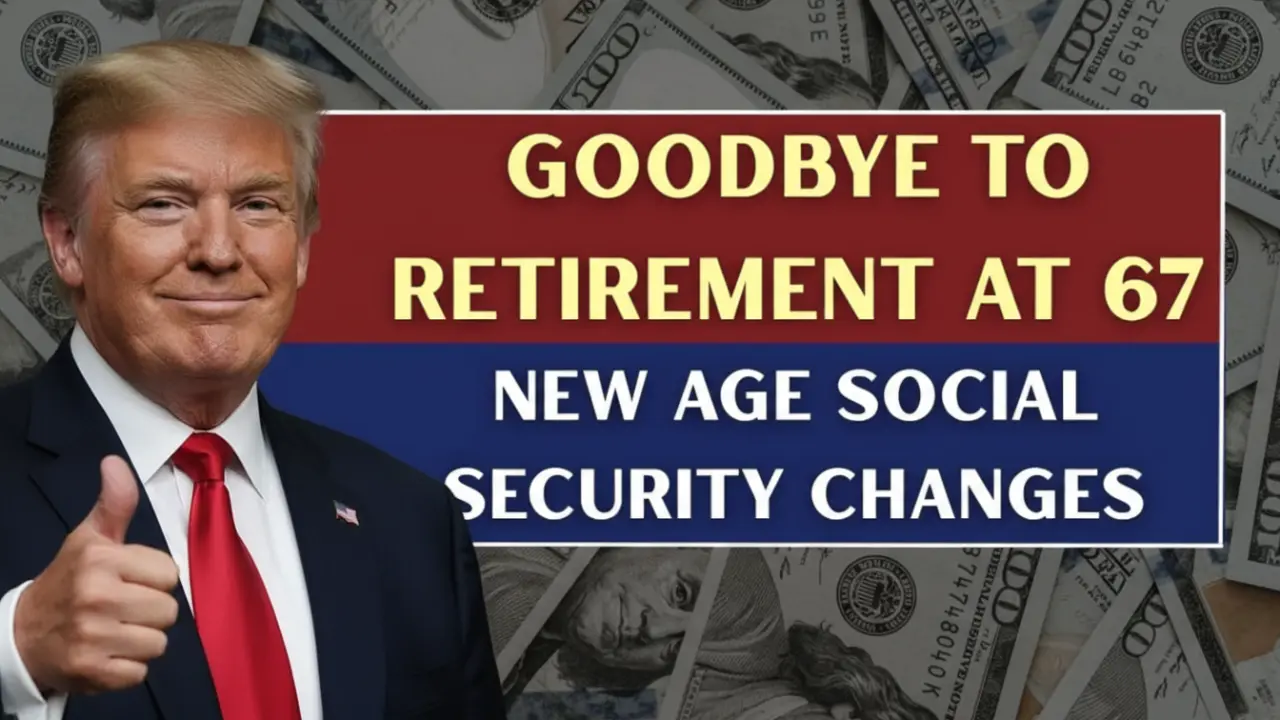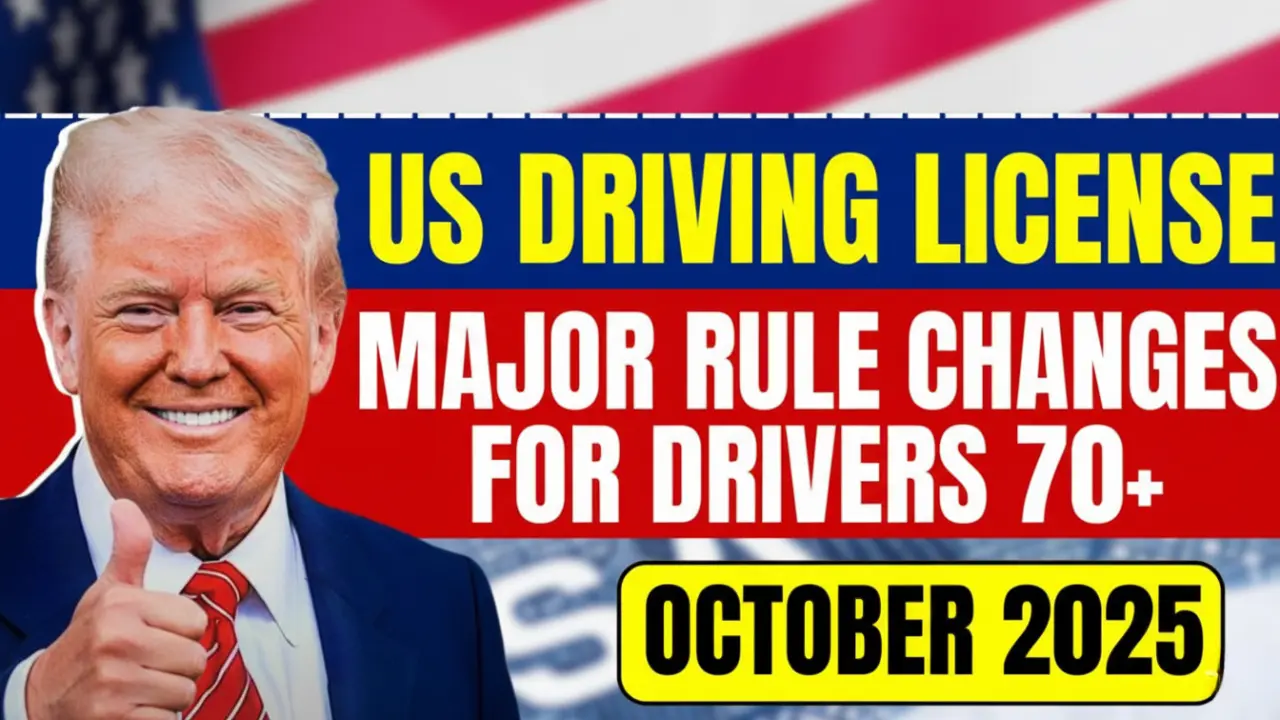In a sweeping move to cushion New York residents from mounting inflation pressures, the state government has begun issuing one-time $400 inflation-relief payments to eligible taxpayers. Around 8.2 million taxpayers who filed their individual state income tax return for the 2023 year are seeing the funds hit their bank accounts or arrive via mailed checks beginning in late September and continuing through October and into November. This initiative comes as the state contends with rising consumer prices, a robust budget surplus and a renewed focus on putting money back into the hands of households rather than letting it remain idle in government coffers.
The first wave of payments arriving marks a milestone: the state’s launch of its “People-First” economic relief program, aimed at providing tangible support when everyday bills are rising quickly. With this rollout now in motion, many households will feel an immediate — if modest — relief in a climate of inflationary strain.
Background and Rationale
Over the past year, New York State has experienced steadily increasing costs for essentials such as rent, utilities, groceries and transportation. Consumer-price data for the region shows that food-related categories are up nearly 10 percent, while utility bills have climbed above 11 percent in many cases. In the face of such pressure, ordinary earners—particularly in middle-income and lower-income brackets—have seen shrinking purchasing power.
Table of Contents
At the same time, the state’s tax revenue collections for fiscal year 2023-24 exceeded initial projections, producing a budget surplus of roughly $3 billion. Rather than assigning the surplus to infrastructure or deferred expenditures, the state leadership opted instead to return a portion directly to residents. The plan was framed as a “responsible and equitable” move by Governor Kathy Hochul, designed to both relieve household budgets and spur additional consumer spending in the local economy during the fourth quarter.
Economists note that returning funds directly can have a timely multiplier effect, as recipients are likely to spend at least part of the benefit quickly. The hope is that this “reflex-stimulus” will provide a near-term boost to businesses, especially small- and medium-sized retail and service operations.
Key Features of the Program
The refund program is notable for its simplicity and automatic process. The state department responsible set the eligibility criteria, determined the payment vehicle and established the timeline with minimal application requirements. Highlights include:
-
The refund amount is a one-time payment of $400 to eligible taxpayers.
-
Only residents who filed a 2023 NY State income tax return (Form IT-201) as an individual taxpayer qualify. Dependents or individuals whose tax return was claimed on another person’s filing are not eligible.
-
There is no separate application form or additional paperwork; payment is automatic once eligibility is confirmed via the taxpayer’s filing.
-
Payments will arrive either via direct deposit (if the taxpayer provided bank account information) or through mailed checks, using the address provided on the 2023 return.
-
To ensure timely delivery, taxpayers are encouraged to verify or update their mailing address and bank details before the payment window closes.
Eligibility Criteria
Eligibility revolves around a narrow set of requirements, making the process transparent but also excluding certain residents. The key criteria are:
| Requirement | Description |
|---|---|
| Filing of Form IT-201 | Taxpayer must have submitted the New York State Resident Income Tax Return for tax year 2023. |
| Individual filing | The refund is for individual filers; joint filers are included, but dependents or those claimed on another’s return are not eligible. |
| Up-to-date address | The mailing address or direct-deposit bank account must match the 2023 filing, or must be updated before payments are released. |
| No additional application | Recipients do not need to submit a separate form; it is automated. |
Anyone who did not file the required return, or who filed as a dependent or was claimed on someone else’s tax return, will not receive the refund. The state has emphasized that the process is designed to reach lower- and middle-income households via this defined mechanism.
Payment Timeline and Delivery Mechanism
The distribution process for the $400 refund is scheduled in phases, with the first participants receiving funds starting in late September 2025. The majority of payments will be completed by the end of October, with all eligible individuals expected to receive their checks or direct deposits by November.
Here is a breakdown of the timeline:
-
Late September 2025: Initial direct-deposit payments begin hitting bank accounts for those who provided routing/account information with their 2023 filing.
-
October 2025: Bulk of the refunds are delivered via check or direct deposit. Continued outreach to update addresses or banking details.
-
November 2025: Final batch of payments expected to be completed, including mailed checks to any remaining eligible recipients.
The state has clarified that checks will arrive in standard government envelopes, not special packaging, to avoid confusion or misplacement. Recipients are urged to monitor their mail and bank statements, and to contact the New York State Department of Taxation and Finance (NYSDTF) helpline if payment does not arrive by mid-November.
Funding and State Budget Context
The decision to issue $400 refunds is rooted in the state’s unexpectedly strong fiscal outcomes. The fiscal year 2023-24 saw tax collections exceed estimates, largely driven by stronger income tax receipts and business-tax contributions. As a result, the surplus funds permitted the administration to adopt a direct-relief strategy rather than reserving all revenues for infrastructure or debt-service.
State officials characterize the program as a “people-first” policy — returning value to residents who contributed to the tax base, and offering relief without expanding ongoing obligations. The $3 billion authorized for the program is intended to jump-start consumption, especially in the holiday and year-end spending window, thereby assisting local retailers and service businesses.
Economic modeling suggests that if a substantial portion of recipients spend the money within weeks, the impact could ripple through local economies — generating secondary demand, preserving jobs, and enhancing sales tax revenues. For households under pressure from rising costs, the infusion of $400 may not fully offset inflation but offers meaningful breathing room for expenditures such as rent, utilities or groceries.
Anticipated Economic Impact and Household Response
While $400 is not a transformative amount for many households, it arrives at a time when incremental relief is particularly valuable. With groceries up about 9.8 percent and utilities soaring over 11 percent in many cases, the payment is positioned as a buffer rather than a solution. Analysts expect the following impacts:
-
Enhanced cash-flow for eligible households, allowing for deferred purchases, bill payments or savings contributions.
-
A potential uptick in consumer spending given the timing; year-end purchases of clothing, home goods or services may benefit.
-
Boost to small business revenues in the local economy, as higher household spending circulates in domestic markets.
-
Risk of mis-allocation—some households may save the funds rather than spend them, dampening immediate economic stimulus.
-
Administrative simplicity may help avoid delays, though fraud risk remains.
From the household perspective, recipients have shared a variety of uses for the refund:
-
Covering an extra utility or grocery bill that would otherwise be deferred.
-
Addressing a catch-up payment on rent, car insurance or mobile phone plan.
-
Supplementing savings or emergency funds—some recipients choose to hold the payment rather than spend immediately.
-
Redeeming it for holiday or seasonal purchases, which in turn helps businesses.
For many, the psychological value of receiving a direct payment with no extra application is significant — it signals government recognition of inflation’s burden and provides immediate acknowledgment of contribution.
Fraud Precautions and Checklist for Recipients
Given the scale of the program and the volume of payments, state authorities emphasise that fraud risk is heightened. Scammers may target recipients pretending to represent the tax department, requesting personal or banking information. Important guidance includes:
-
The NYSDTF will never request bank account numbers, routing details or Social Security numbers by phone, text or email.
-
If a call, text or email purports to be from the Department and asks for personal info, it should be treated as fraudulent.
-
Recipients who have not received their payment by mid-November should verify their mailing address and tax-filing status with the NYSDTF rather than respond to unsolicited outreach.
-
Checks will arrive in standard government envelopes, not glossy packaging or “urgent” labels. Missing a payment may simply mean the address is outdated or the check was mis-routed.
-
Government websites should be visited directly rather than clicking on links in unsolicited messages claiming to provide “refund updates.”
By following the checklist and staying alert, residents can avoid being targeted and ensure that they receive their rightful payment.
Tax Treatment and Federal Considerations
The $400 refund is treated as a state-level relief payment and, critically, will be tax-free at the New York State level. Recipients are not required to report the amount as taxable income for state purposes. However, federal rules diverge: recipients are required to include the refund amount on their federal income tax return when filing. This is consistent with federal guidance for one-time state rebates or payments.
Recipients should therefore:
-
Maintain their records of the refund (amount and date received) for federal tax-filing purposes.
-
Look out for any form or statement issued by the NYSDTF referencing the payment.
-
Consult a tax adviser if they use other state refunds or credit-type payments in their federal tax determination.
Although $400 is unlikely to shift most taxpayers into a different federal tax bracket, the importance is procedural. The simplicity of the state program—no separate application—means that taxpayers must nevertheless ensure correctness in their federal reporting.
Comparison to Similar Relief Efforts
While direct-payment programs are not new, the New York initiative stands out for its combination of simplicity, scope and timing. Unlike extended multi-round stimulus payments of the pandemic era, this program is a single payment, targeted at residents who already meet a filing criterion, and timed to coincide with inflation-pressure peaks and the holiday spending season.
Other states have adopted relief measures tied to property tax rebates, energy-bill credits or refundable tax credits. The $400 payment, however, is more akin to a universal roughly equal-amount rebate (subject to the filing requirement) rather than means-tested or phase-out structured. The emphasis here is on rapid delivery, low administrative friction and direct consumer support rather than lengthy application procedures.
The sequence—surplus revenue → direct refund → boost to consumption—may serve as a model for other states grappling with inflation and budget surpluses. While the dollar amount is modest, the program underscores a broader shift toward direct return of funds as relief rather than solely public-investment or infrastructure deployment.
Potential Challenges and Criticisms
Despite the program’s broad appeal, several potential pitfalls merit attention:
-
Limited magnitude for many households: For low-income families facing double-digit inflation increases, a $400 payment may provide only limited relief. Thus it may not significantly shift long-term financial trajectories.
-
Inequality of impact: Because eligibility depends on the 2023 filing of Form IT-201, individuals who did not file (for example, due to non-wage income, rapid life changes or homelessness) are excluded — even if they face acute inflation pressures.
-
Address-update bottlenecks: Some potential recipients may not receive their check or deposit if their mailing address or bank details are outdated—risking exclusion notwithstanding eligibility.
-
Delayed impact: If recipients choose to save the funds rather than spend immediately, the anticipated boost to consumer spending may be muted, reducing the policy’s stimulative value.
-
Future expectation and precedent: One-time payments may set public expectations for additional relief, making the policy politically charged in future budget cycles.
Nevertheless, state officials argue that simplicity, swift delivery and broad reach offset those caveats, and the program delivers notable savings to many households with minimal administrative overhead.
Stories from the Ground
At a local Brooklyn grocery store, several shoppers remarked on the timing of the payment. One resident said the $400 will help cover a month’s worth of staple groceries and a utility bill that had climbed unexpectedly. A small boutique owner nearby noted she expects to see a slight uptick in gift card sales once the payment hits customer accounts — just enough to help carry through the end-of-year cycle.
In upstate New York, a mid-income family said they intend to use the payment to replenish their emergency savings fund, while another household plans to use it for overdue car-insurance payments. Although the amounts are modest, many accepted the payment as a welcome acknowledgement of recent economic strain.
Outlook and What to Watch
As the refunds continue to roll out over the next few weeks, there are several indicators to monitor:
-
Consumer spending growth in New York State during Q4: Did the refund help boost retail, lodging or service-industry revenues meaningfully?
-
Small business revenue trends: Particularly in local districts, will the injection of funds translate into sensitive upticks in demand?
-
Address-update statistics: How many eligible individuals failed to receive payments due to outdated filing information or other administrative obstacles?
-
Recipient behaviour: Will households spend the funds immediately, save them, or use them to pay down debt? Analytics will help determine stimulus effectiveness.
-
Policy acceptance and expansion: Will other states replicate similar one-time rebates, and will New York revisit either the amount or the mechanism in future budgets?
From a broader perspective, the move signals that state governments are increasingly willing to return surplus revenues directly to taxpayers rather than rely solely on infrastructure or indirect investments. The timing—as inflation remains a dominant financial concern for households—adds to the significance of this policy.
Final Thoughts
The $400 inflation‐refund check now arriving into New York households is not a panacea—but it is a thoughtful, timely gesture in a moment of economic strain. It combines direct relief, simplicity of eligibility, broad reach and minimal friction. For many recipients, the payment will feel less like a hand-out and more like recognition of their contribution and burden in tough times.
More importantly, the rollout underscores a growing public‐policy orientation toward citizen-centric relief: returning funds directly, trusting individuals to allocate them where they’re most needed, and doing so without lengthy bureaucracy. It may serve as a template for other states navigating budget surpluses, inflationary pressures and consumer-spending dynamics.
For taxpayers in New York: if you filed your 2023 tax return, check your bank account or mailbox — the check may already be on its way. Update your details if needed. And remember, though $400 won’t erase the inflation squeeze, it can provide breathing room, support routine costs and contribute to a better year-end.
As 2025 progresses through to its close, the impact of this payment will tell a larger story: how targeted, timely relief can bridge personal finances and public policy in an inflationary era.
FAQs
What are the $400 Inflation Refund Checks?
These are one-time payments issued by New York State to help residents manage rising inflation costs.
Who is eligible to receive the refund?
Anyone who filed a 2023 New York State Resident Income Tax Return (Form IT-201) and is not claimed as a dependent on someone else’s tax return.
Do I need to apply for this payment?
No. Payments are automatic based on your 2023 tax filing information.
When will the payments be issued?
First payments started in late September 2025, with most arriving in October, and all completed by November 2025.
How will I receive the refund?
Eligible residents will receive the refund via direct deposit or mailed check to the address on their 2023 return.
